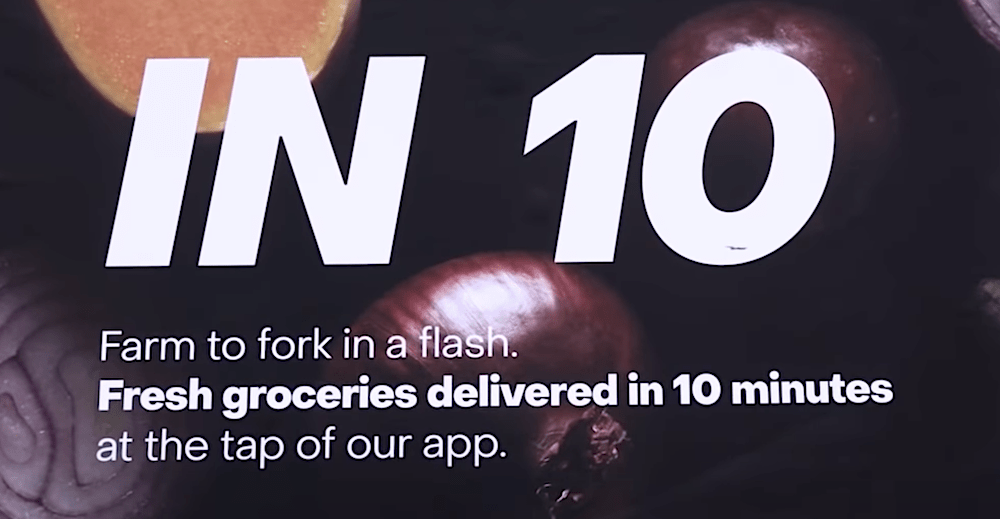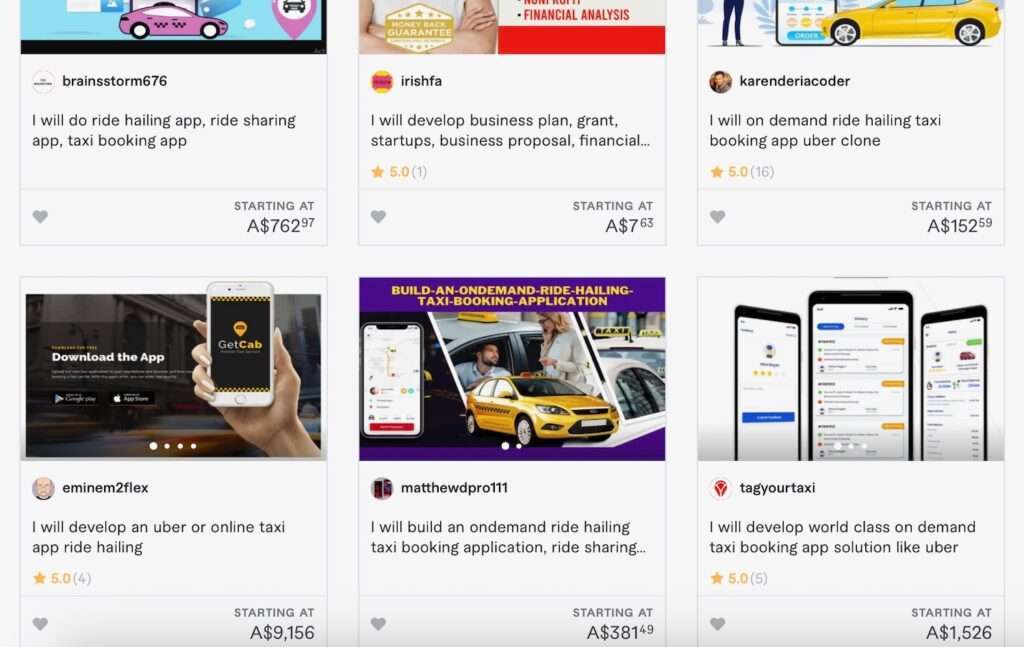Words and terms such as “platform” and “platform workers” now carry distinct meanings when it comes to the Gig economy.
It has gained traction amongst legislators, academics and researchers who like many were struggling to define a particular segment of gig workers more accurately.
A segment that is and was not classified as employees.
One thing is certain. Nobody would have guessed that an ordinary word “platform” would also mean something else in time.. And it was not associated or tagged to the gig economy until years later. And it it still getting traction. So how did it come about?
Even more interesting is that these words are now associated with protection of workers and the fight behind it. It squarely refers to workers that are deemed vulnerable.
Quick refresher on the origins of the gig economy
Context is everything. Before we jump into the evolution of the word “Platform” the background on gig economy origins would help.
2008 to 2010 are the crucial years with the likes of Airbnb, Task Rabbit and Uber as frontrunners. It is also the same time period the term “gig economy” began to take root.
Uber and the ride hailing industry crystallised it in its current form. Here is an early post on its evolution. With Uber’s evolving model, the layperson and the general public had a better grasp and understanding what this new World would begin to look like.
The gig economy meant a second job, flexible hours, casual work and remote work with a service contract and not an employment contract in place. Very much determined by the individual rather than the company seeking the services.
One thing stood out very clearly at least at the start of this phenomenon. These workers were fine not to be classed as employees but as independent contractors or service providers.
They were also happy not to be offered a standard employment contract even at base level. They set their own agenda in terms of days and hours. And they could accept or decline a task or order.
That euphoria however was not to last.
The App + Online Work platforms
The first engagement medium for a someone seeking to earn income in the new Gig World fell into 3 broad categories.
The first is people responding to advertisement or making cold calls for a second income or reduced work hours. The old conventional way.
The second is the mobile phone apps that are synonymous with ride hailing, food delivery and courier servicing industry which is a large segment of workers. All they had to do was download the app and start applying.
The third is the biggest grey area and that is online work platforms. The second and third are digital platforms. It’s the third that requires some background explanation.

Similar vocations prior to the gig economy
Prior to the gig economy, there were vocations that had similar attributes. Independents contractors, freelancers and temp staff offering their skills as a service, defining their own work arrangement and enjoying the flexibility.
There was one big and striking difference though. This lot of existing vocations were in a position to control terms of engagement significantly. Unlike the Gig economy workers, they could set their own remuneration terms.
The people behind these vocations had esoteric skills and qualifications. Examples would be consultants, graphic designers, IT software engineers, web designers and coders, event planners, etc. They were in a position to accept or decline any offers.
These older vocations offered their services thru online platform such Upwork and Fiverr. I have covered these platforms in a earlier post.
The unexpected merge onto the same platform
When the gig economy took off, conventional workers who were on employment contract found the new World appealing. And some made the switch.
They moved to online platforms to offer their services. They joined platforms that vocations associated with esoteric skills were in.
Bookkeepers, account clerks, maintenance handyman, clerical support workers, cleaners and all the way to admin and operational managers made the move. These were vocations with low barriers of entry.
The online platform made it easy by readily accepting them and creating new searchable vocational categories.
Employers found it appealing as well as they need not retain an individual permanently that was casual or marginal to their needs or short term.
One critical rub is that these online platforms are designed for gig assignments and heavily skewed to that form. Not tenured work.
Formal engagement, work terms and arrangements are outside the purview of these online platform. The underlying assumption is that person seeking to provide the service is not considered an employee. More an independent contractor or freelancer.
Loss of conventional rights and protection
But many did not realise the loss of rights, protection and benefits afforded by conventional standard employment contracts and their values. These typically had statutory employment terms of the state incorporated.
It also did not cover pension and retirement needs. It became a worry for the state, legislators and advocates of fair employment.
Change in the gig engagement landscape
The early attractive terms of engagement and the rates/fees turned South.
Uber, Lyft etc who had been funding recruitment of independent drivers with early highly attractive rates and fees during the start-up phase began to reduce these generous terms. The honeymoon was over.
It is financially not sustainable as the cash burn were funded by venture capitalists to reach scale. It was time to make a profit.
Segment of concern
The segment of concern are those without esoteric or formal skills qualifications who moved onto to the Gig economy. They were not in position to negotiate.
Likelihood of exploitation became a concern. They also had not made allowance for absences from work due to health reasons or when they retire.
The companies that contract them are not required to provide ther usual rights or benefits common to standard contract employees.
These companies could easily stop engaging their servicea without recourse.
One rising complaint across nearly all players were heavy and over recruitment. The early entrants comfortable with income drawn from the tasks and assignments began to see less work as it was parcelled out to the larger growing workforce.
The companies did not feel the pain as larger workforce meant peak periods were covered and there was a supply buffer. A buffer that need not be paid.
To the workers, they could go online, tap their availability and still not get a single work assignment for the day. As jobs were assigned using GPS so the nearest worker, driver or riders were picked or had the first option to accept.. Many made their way to city centres and shopping outlets to be close.
It became evident when couriers were seen milling around towns looking at their phone app for a gig. And some did not get a single order for the day.
As for temp staff I was in for surprise. When I first came to Australia, I was surprised that many staff were on temp contracts by choice.
They preferred the 9% salary loading then. It took me a while to convince them to be permanent. I could not fathom unpaid sick or holiday leave. Interestingly they were very good staff.
The shift to protect begins
On 19th Feb 2021 the UK Supreme Court in a landmark ruling recognised Uber drivers in the UK as employees. And the very first sentence of the judgment has the term “digital platforms”
“New ways of working organised through digital platforms pose pressing questions about the employment status of the people who do the work involved.”
In this case digital platforms referred to the apps as well as online platforms.
Other countries followed up quickly and began imposing regulations to define and protect this category of workers.
In time governments, legislators, researchers, worker’s right advocating groups and consultants began to find the term “platform workers” convenient. It served the purpose of easily classifying the vulnerable segment of service providers ( in essence workers) that required protection.
Platform worker is a thing
Its now formalised in terms of usage as well as in legislation legalese in many jurisdictions.
The International Labour Organisation, a UN agency uses the term “platform worker” and “platform work”extensively and in a definitive sense. Here the relevant link to the UN’s ILO that covers platform work and workers.
Those keen to read more on legislation and moves to protect platform workers will find the UN working paper in the link informative.
